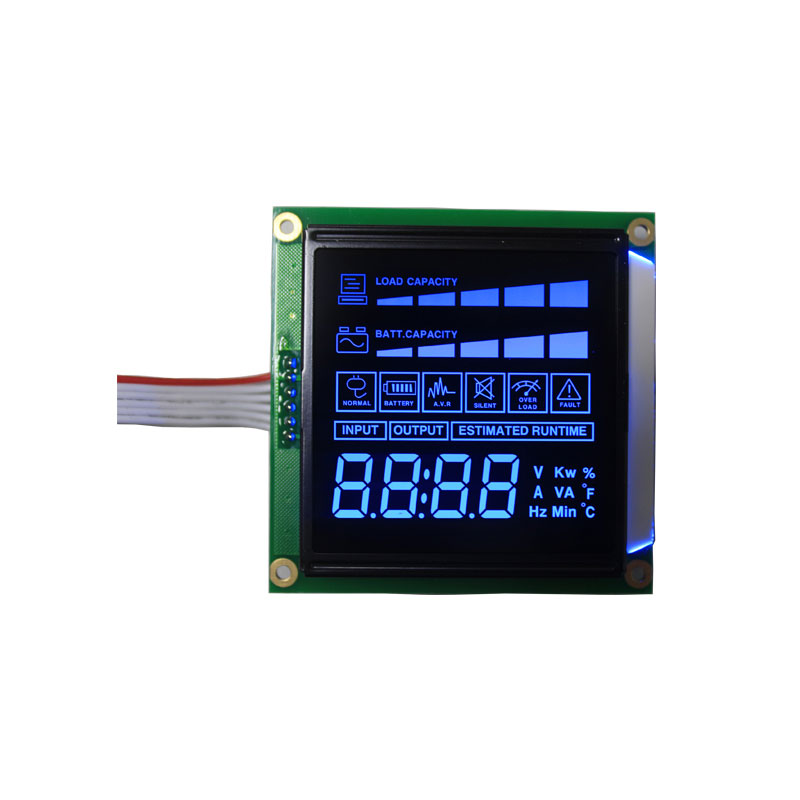What Is a Segment LCD Display and Where Is It Used?
2025-07-15
A segment LCD display is a type of liquid crystal display designed to show fixed alphanumeric or symbolic information using predefined segments. These displays are commonly found in devices that require simple, low-power, and cost-effective visual interfaces—such as clocks, calculators, meters, and appliances.
How Does a Segment LCD Work?
A segment LCD consists of individual liquid crystal segments arranged in specific patterns (like 7-segment, 14-segment, or custom symbols). Each segment is controlled by an electrical signal. When voltage is applied, the segment changes its optical state—becoming visible to form digits, letters, or icons.
Segment LCDs use transmissive, reflective, or transflective backplanes, depending on whether they are used with or without a backlight.

What Are the Main Types of Segment LCDs?
1. 7-Segment Display
Displays digits 0–9. Often used in calculators, digital clocks, and counters.
2. 14-Segment and 16-Segment Displays
Can show numbers and letters, suitable for text-based displays like electronic meters.
3. Custom Segment Displays
Designed for specific applications like battery icons, temperature indicators, or status symbols.
What Are the Advantages of Segment LCD Displays?
Low Power Consumption
Ideal for battery-powered devices; consumes power only when segments are switched.
High Contrast and Readability
Clear display even under sunlight, especially in reflective designs.
Long Lifespan
Segment LCDs can last for years with minimal degradation.
Cost-Effective
Simpler to manufacture than dot-matrix or TFT LCDs, reducing overall product cost.
Simple Interface
Easier to drive and control with basic microcontrollers or display drivers.
Where Are Segment LCDs Commonly Used?
Household Appliances: Microwaves, ovens, washing machines
Digital Thermometers and Blood Pressure Monitors
Gas and Water Meters
Remote Controls
Electronic Toys
Clocks and Timers
Automotive Dashboards
Conclusion
Segment LCD displays are a reliable and efficient solution for applications that require clear, fixed-format visual output. Their low power use, readability, and simplicity make them a top choice for consumer electronics, medical devices, and industrial instruments. While not as versatile as full graphical displays, segment LCDs remain indispensable in many cost-sensitive and energy-conscious designs.


